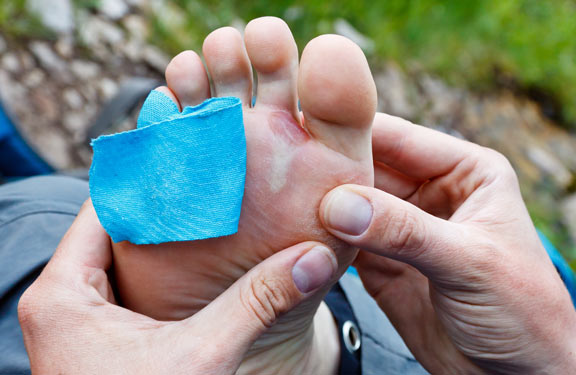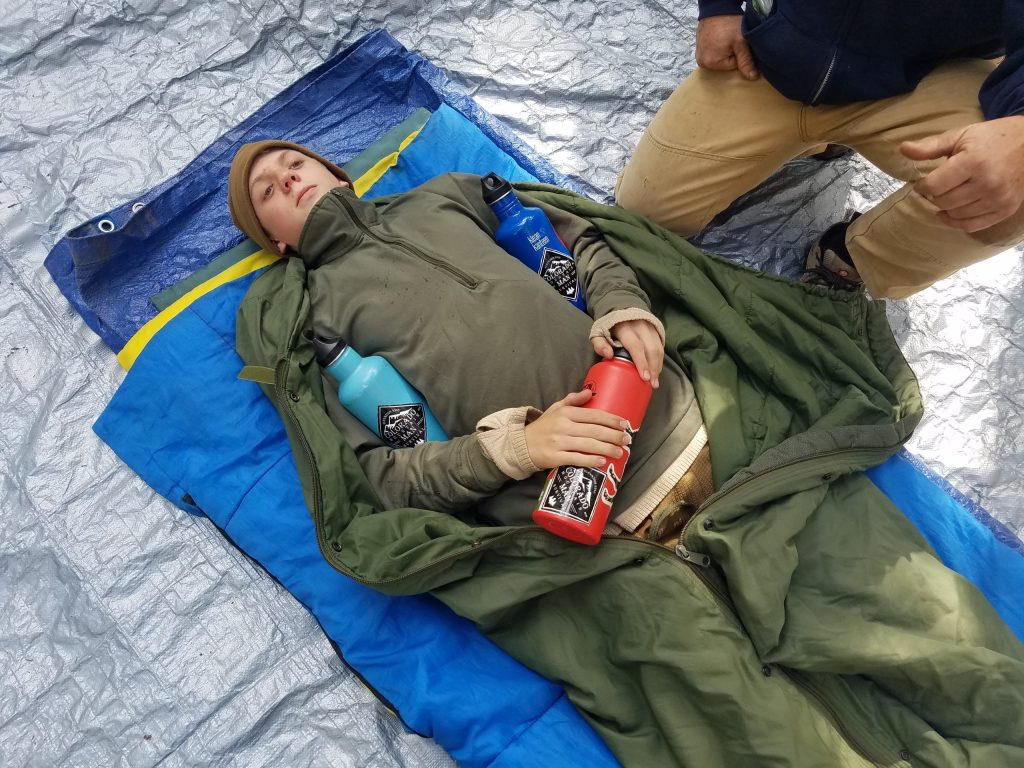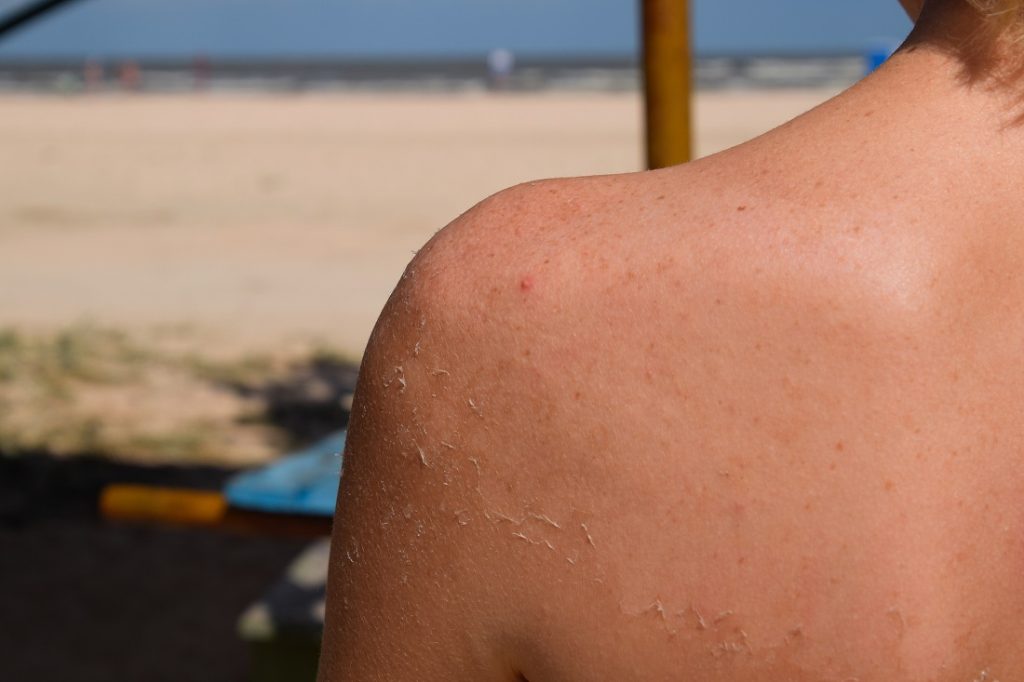5 injuries you must avoid for a smooth trekking experience
When you do something different, outside of your comfort zone, you will be hurt, lose, and learn. This common process follows us in all aspects of our lives. It makes no difference whether the tasks are physical or emotional. Just keep in mind that losing and getting injured is a part of the game. If you’re new to trekking or other outdoor activities, keep in mind that it may be difficult at times, but it’s only when you’re uncomfortable that you’ll learn more about yourself.
Blisters
If there was an award for the most popular trekking ailment, it would most likely go to ‘Blisters.’ The rubbing between your skin and ill-fitting socks causes these uncomfortable little sacs. Your shoes should match snugly but not brush against the inside of your pants. When you walk, don’t let your sock slide up and down. Keep your feet dry when putting on your shoes, and keep two to three extra pairs of socks on hand.
If you have a sterilized needle in your first aid bag, that’s great; otherwise, warm the tip of the knife until it’s red. The blister can be popped and drained. To reduce the chance of contamination, apply disinfectant and then wrap it with a bandage or duct tape.

Sprains
If you know what Murphy’s Law is? Around the year 1950, an American inventor named Edward A Murphy tested a number of high-speed rockets and came to the conclusion that if “Something can go wrong, it would go wrong.” Your legs and sprains have a close relationship. Sprains develop as our muscles’ ligaments or underlying tissues overstretch or break. Sprains may occur as a result of a fall, a sudden snap, or a blow to the body that causes a joint to move out of its usual location.
Treatment: We all like the word ‘RICE,’ but keep that in mind. And only ‘Rice’ will support you with sprains. Rest, apply ice or other cold therapy, cover the affected area with a bandage to avoid swelling, and elevate the sore body portion above the heart level to relieve inflammation.
Hypothermia
Hypothermia is described as having an abnormally low body temperature caused by excessive exposure to cold temperatures. A person’s blood supply is limited in the first step. This disorder gradually causes loss of coordination of body activities, fatigue, and drowsiness. Water conducts heat 25 times more quickly than air, meaning you’ll lose heat even quicker if you’re soaked. Hypothermia usually takes about 30 minutes to set in and will kill you in an hour to two hours.
Treatment: It would be impossible to warm up the survivor as long as they manage to breathe freezing air – get them into a shelter. Symptoms will worsen until they are serious. Cold towels, hot water bottles, and body heat should be used to warm them up. Focus on regaining core body temperature.

Sunburn
Sunburn is caused by prolonged exposure to ultraviolet (UV) radiation, not by heat. When we subject our bodies to the sun’s UV light, our skin stops developing melanin, a pigment that protects us from the sun and gives our skin its color. Common symptoms include reddish, hot-to-the-touch skin, discomfort, general weakness, and slight dizziness. It usually takes about 12 hours to experience the full heat of a sunburn, and believe us when we say that you may look tough in your photos, but your skin will peel off and it will be painful.

Sunburn on the skin of the back. Exfoliation, skin peels off. Dangerous sun tan.
Chafing

Chafing is our skin’s way of protesting inappropriate clothing/shopping decisions. Usually affected by skin-on-skin or clothing-on-skin rubbing. If left unchecked, this friction can inevitably cause inflammation, which can result in rashes, blisters, or raw skin. Chafing can be excruciatingly uncomfortable, making moving impossible.
Chafing can occur during almost any repetitive motion exercise, but it is particularly frequent during long-distance running.
Treatment: Typically, a person that suffers from leg cramps is someone that is not accustomed to hiking and has done a long walk that puts so much pressure on their muscles at once. Instead of nursing a serious cramp, work your way up steadily and enable your muscles to get used to hiking and engage in daily exercise, which will eventually help to improve your leg muscles. If you should get cramps, stop filling the muscle immediately, drink lots of water, and stretch the muscle to relieve the pain. cycling. Ill-fitting clothes, materials that do not wick moisture, temperature, and sweat are all causes that can induce or lead to chafing.
















